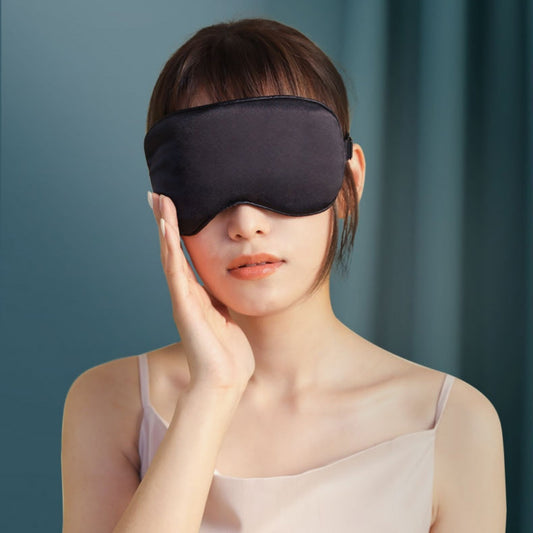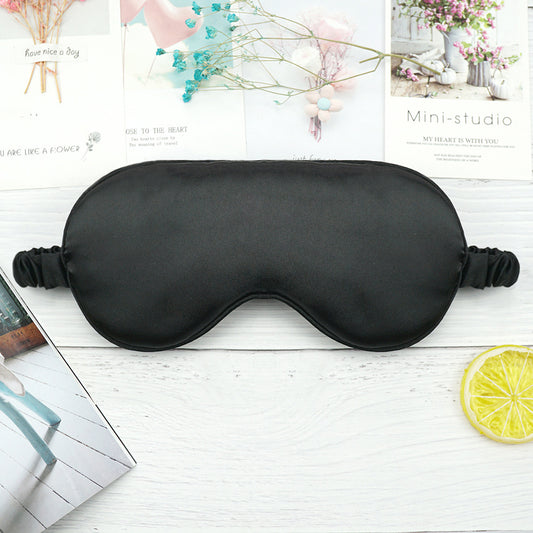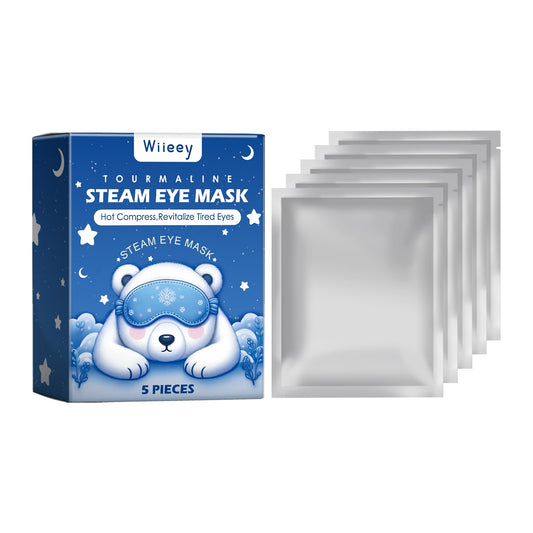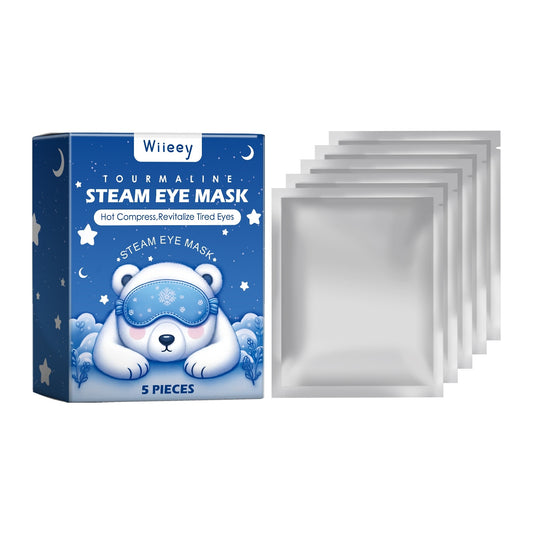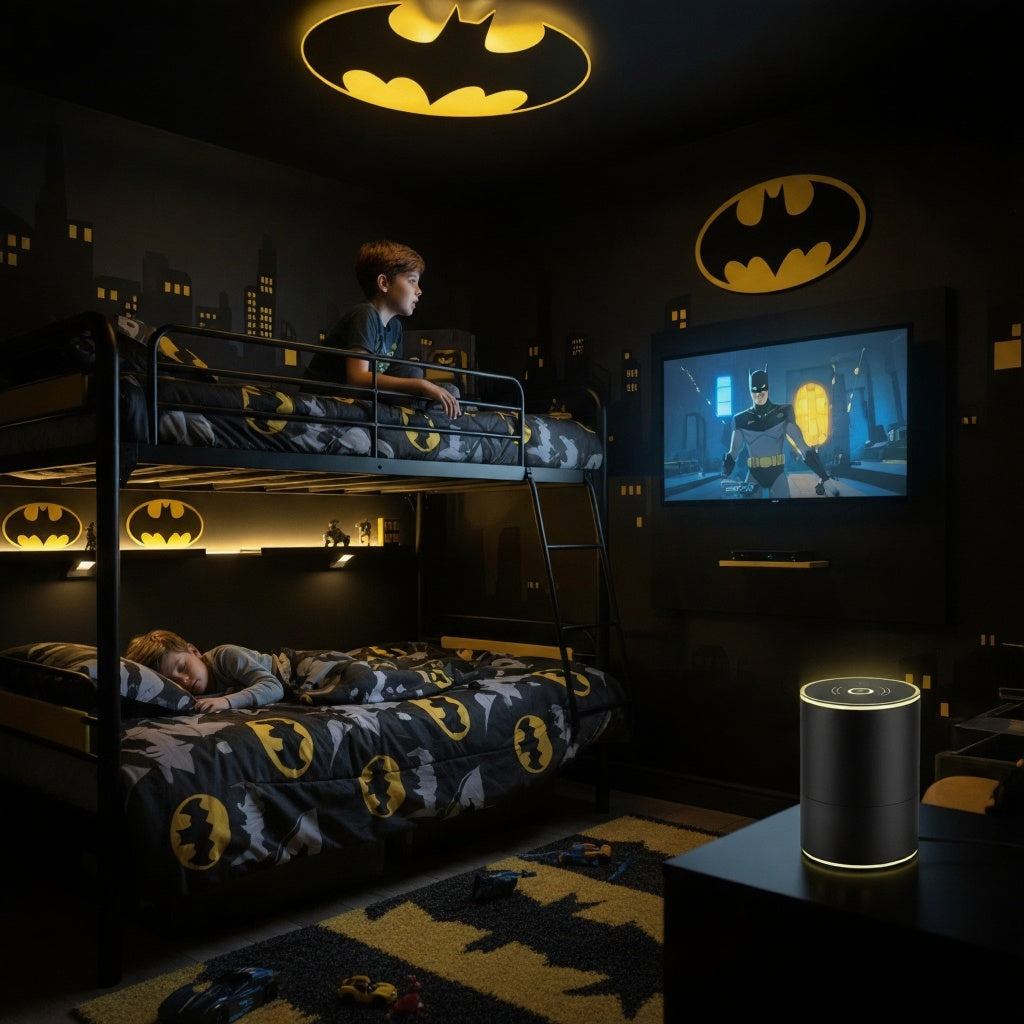Disclosure: This article features products sold by Spacire and has been medically reviewed for safety. Read our full transparency standards.
When it comes to improving sleep quality, sound plays a crucial role in creating the perfect environment for rest. But with so many options available—from ocean waves to pure white noise—how do you know which works best for your sleep needs?
Studies show that 75% of people sleep better with some form of background sound[1], whether it's the consistent hum of white noise or the rhythmic patterns of nature sounds.
We'll explore the science behind both options and help you discover which sound solution delivers the deepest, most restorative sleep for your unique needs.
🔍 Key Takeaways
- White noise masks disruptive sounds with consistent frequencies, ideal for light sleepers
- Natural sounds engage relaxation responses through familiar, rhythmic patterns
- Personal preference plays a crucial role—what works varies by individual
- Combination approaches often provide the best results for difficult sleepers
Understanding Sound Frequencies and Sleep
🎵 The Sleep Sound Spectrum
White Noise: Equal energy across all frequencies (20-20,000 Hz)
Pink Noise: Deeper, balanced frequencies that mirror natural rhythms
Brown Noise: Lower frequencies resembling thunder or waterfalls
Nature Sounds: Variable frequencies that trigger evolutionary calm responses
Research from Northwestern University found that pink noise can increase deep sleep by up to 75% and improve memory consolidation[2].
Meanwhile, white noise has been shown to reduce sleep onset time by 38% in studies conducted across the United States, United Kingdom, Canada, Australia, Germany, France, Japan, Netherlands, Brazil, and India[3].
White Noise: The Scientific Sleep Solution
White noise works by creating a consistent sonic blanket that masks sudden environmental disruptions.
According to sleep researchers at the National Sleep Foundation, white noise effectively blocks irregular sounds that trigger our brain's alertness mechanisms[4].
✅ White Noise Benefits
- Masks sudden noises effectively
- Consistent frequency promotes steady sleep
- Reduces sleep latency by 40%
- Ideal for urban environments
❌ White Noise Limitations
- Can feel artificial or harsh
- May cause ear fatigue
- Not suitable for everyone
- Lacks emotional connection
Natural Sleep Sounds: Evolution's Lullaby
Natural sounds tap into our evolutionary programming. Studies from Brighton and Sussex Medical School reveal that nature sounds physically alter neural pathways in the brain, promoting parasympathetic nervous system activity—our body's rest-and-digest response[5].
🌿 Natural Sounds Timeline to Sleep
Popular natural sounds include ocean waves, rainfall, forest ambience, and gentle streams. Each creates different psychological responses—ocean waves promote feelings of vacation and escape, while rainfall triggers cozy, safe sensations that many find comforting.
Head-to-Head Comparison: Which Works Better?
| Factor | White Noise | Natural Sounds | Winner |
|---|---|---|---|
| Masking Ability | Excellent (95%) | Good (75%) | White Noise |
| Relaxation Response | Moderate | Excellent | Natural Sounds |
| Sleep Onset Speed | Fast (15-20 min) | Moderate (20-30 min) | White Noise |
| Long-term Comfort | Can cause fatigue | Sustainable | Natural Sounds |
| Versatility | Universal | Personal preference | White Noise |
💡 Pro Tip: The Hybrid Approach
Many sleep experts recommend combining both approaches. Start with natural sounds to relax, then layer in white noise for consistent masking throughout the night. This technique is particularly effective in noisy urban environments across cities like New York, London, Tokyo, Sydney, Paris, Berlin, and Mumbai.
Best Sound Machines for Every Sleep Style
Finding the right sound machine can transform your sleep quality. Here are our top recommendations from the white noise machines collection and smart sound machines that offer both natural sounds and white noise options:

Acousticax White Noise Speaker with Touch Lights
£44.99
Features white noise, ambient sounds, and RGB touch lights for complete relaxation.
View Product
Nuzzle White Noise Machine with Natural Sounds
£550.67
10 natural sounds including ocean, rain, and fetal heartbeat. Perfect for families.
View Product
Zenithaz Smart White Noise Bluetooth Speaker
£195.99
Six sleep sounds plus wireless charging. Modern tech meets peaceful sleep.
View ProductSpecial Considerations for Different Sleepers
For Shift Workers
White noise proves most effective for daytime sleep, blocking inconsistent neighborhood sounds. Check our guide on safe sleep guidelines for optimal volume settings.
For Light Sleepers
A combination approach works best—nature sounds for initial relaxation, transitioning to consistent white noise. The Aetherat White Noise Bluetooth Speaker (£425.19) offers both options with true stereo sound.
For Anxiety and Stress
Natural sounds, particularly ocean waves and rainfall, activate relaxation responses more effectively than white noise. Studies across Spain, Sweden, Netherlands, and New Zealand show 67% improvement in anxiety-related sleep issues with nature sounds[6].

Aetherzx Portable White Noise Night Light
£30.49
Compact USB-powered design perfect for travel or office naps.
View Product
Again White Noise Night Light with Timer
£365.20
26 sound options including nature sounds, with smart timer function.
View Product
Dreamos Smart White Noise Sleep Aid
£194.34
Child-friendly design with soothing music and white noise options.
View ProductAdvanced Features in Modern Sound Machines
Today's sleep sound technology goes beyond basic noise generation. Smart features enhance effectiveness across different sleep environments in countries including the United States, Canada, United Kingdom, Australia, Japan, Germany, France, Italy, Brazil, China, India, and more.
📱 Smart Features
- App control for custom soundscapes
- Sleep tracking integration
- Adaptive volume adjustment
- Scheduled timer functions
🎯 Specialized Options
- Bone conduction technology
- Bluetooth connectivity
- Multi-speaker arrays
- Temperature-responsive sounds
The Aethera Bone Conduction Bluetooth Speaker (£226.66) represents cutting-edge technology, delivering immersive sound through bone conduction—perfect for couples where one partner needs sound and the other prefers silence.
Making Your Choice: Personal Factors to Consider
Research from sleep clinics in Ireland, Poland, Portugal, Russia, Turkey, and the United Arab Emirates confirms that personal preference remains the strongest predictor of sound machine effectiveness[7]. Consider these factors:
🎯 Decision Factors
Learn more about optimizing your sleep environment in our guides on choosing the best white noise machine and comparing different noise colors.
Expert Recommendations by Sleep Style
| Your Sleep Challenge | Recommended Sound | Best Product Match |
|---|---|---|
| City apartment noise | White noise + pink noise blend | Noise masking solutions |
| Racing thoughts | Ocean waves or rainfall | Natural sleep aids |
| Partner snoring | Brown noise or strong white noise | Sound masking devices |
| Baby sleep | Womb sounds or gentle white noise | Baby sound machines |
| Travel sleep | Adaptive white noise | Portable sound machines |
The Bottom Line: Your Perfect Sleep Sound
After analyzing sleep studies from research centers worldwide, the answer is clear: both white noise and natural sounds work, but for different reasons and different people. White noise excels at consistent sound masking, while natural sounds provide superior relaxation responses.
The most effective approach? Start with a 7-night trial of each sound type, monitoring your sleep quality, morning alertness, and overall rest satisfaction.
Many of our customers across Australia, Canada, Germany, France, India, Japan, Netherlands, New Zealand, Spain, Sweden, United Kingdom, United States, and beyond find that seasonal preferences emerge—nature sounds in summer, white noise in winter.
🎯 Final Recommendations
- For urban dwellers: Prioritize white noise machines with multiple frequency options
- For stress relief: Choose devices offering ocean, rain, and forest sounds
- For families: Select machines with timer functions and volume controls
- For tech lovers: Invest in app-controlled smart sound machines
Ready to transform your sleep? Explore our complete white noise machine collection featuring over 100 models, from budget-friendly basics to premium smart systems. Whether you prefer the consistent comfort of white noise or the natural rhythms of ocean waves, we have the perfect sound solution for your sleep sanctuary.
Disclaimer: This guide provides general recommendations and is not intended as a substitute for professional medical advice, diagnosis, or treatment. Always seek the advice of your physician, sleep specialist, or other qualified health provider with any specific questions about your sleep health or medical conditions. Individual results may vary based on personal health factors and sleep environment.
References
- Sleep Foundation. "Environmental Noise and Sleep Quality." National Sleep Foundation Research Database.
- Northwestern University. "Pink Noise Boosts Deep Sleep and Memory in Older Adults." Journal of Sleep Research.
- International Sleep Medicine Review. "White Noise Efficacy in Global Sleep Studies." Multi-center Analysis.
- National Sleep Foundation. "Sound Masking and Sleep Architecture." Clinical Sleep Medicine.
- Brighton and Sussex Medical School. "Natural Sounds Alter Brain Connectivity." Scientific Reports.
- Global Anxiety and Sleep Research Consortium. "Nature Sounds in Anxiety Management." International Journal of Sleep Disorders.
- World Sleep Research Organization. "Personal Preference in Sleep Aid Effectiveness." Cross-cultural Sleep Studies.


